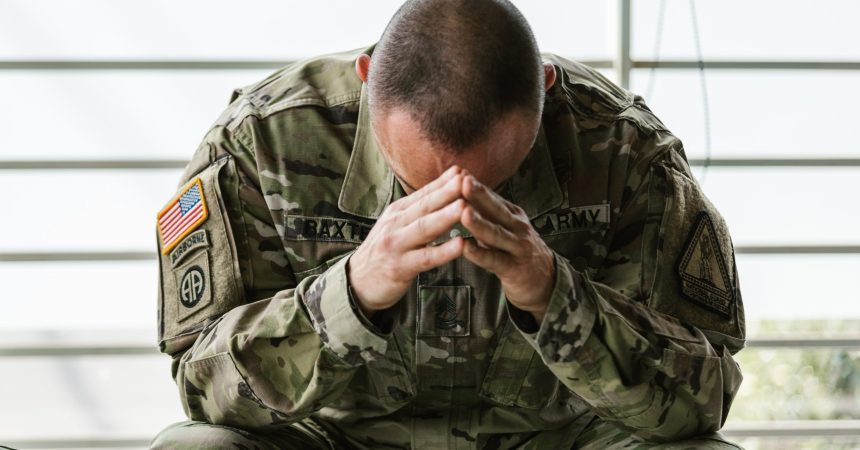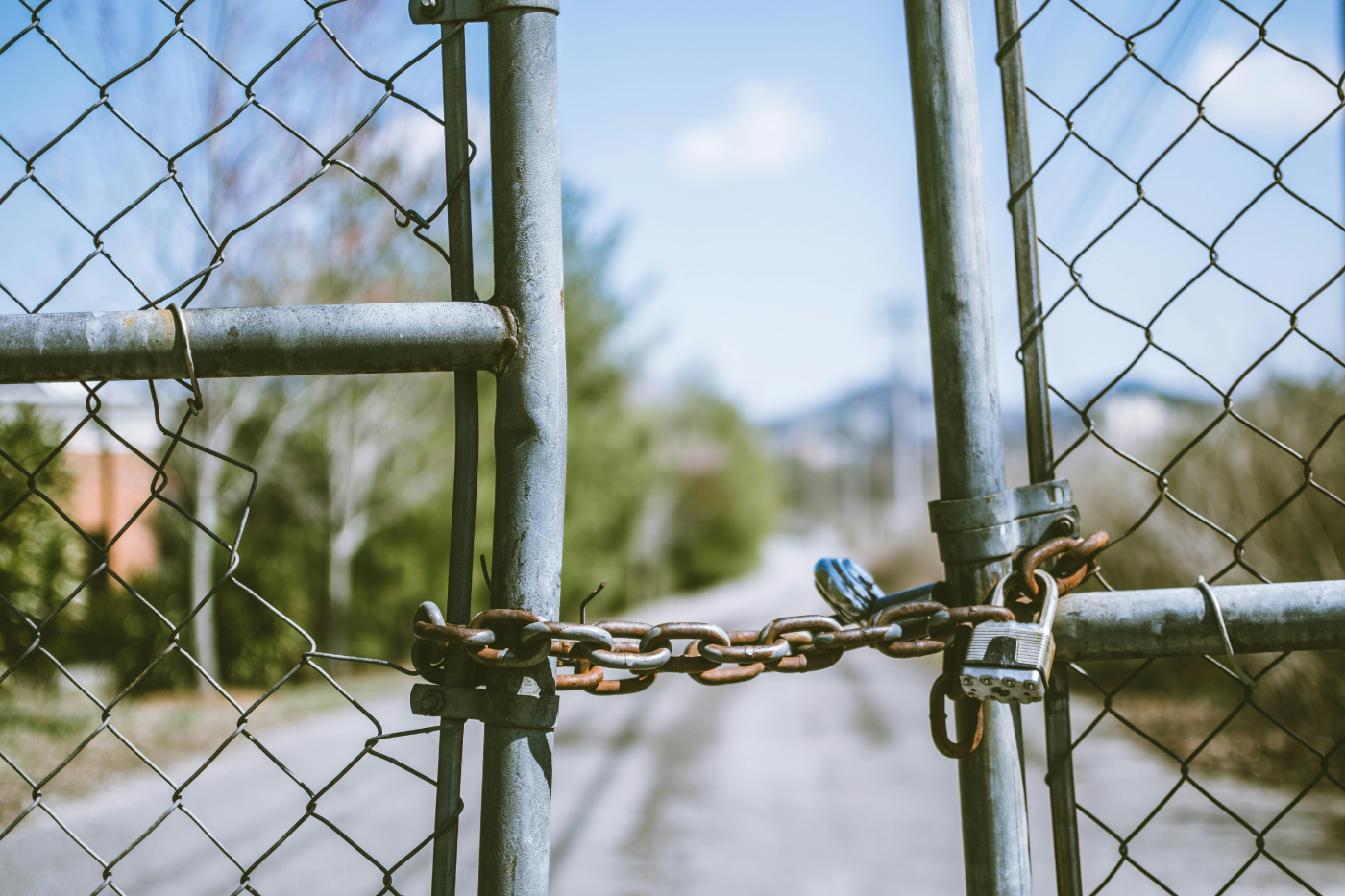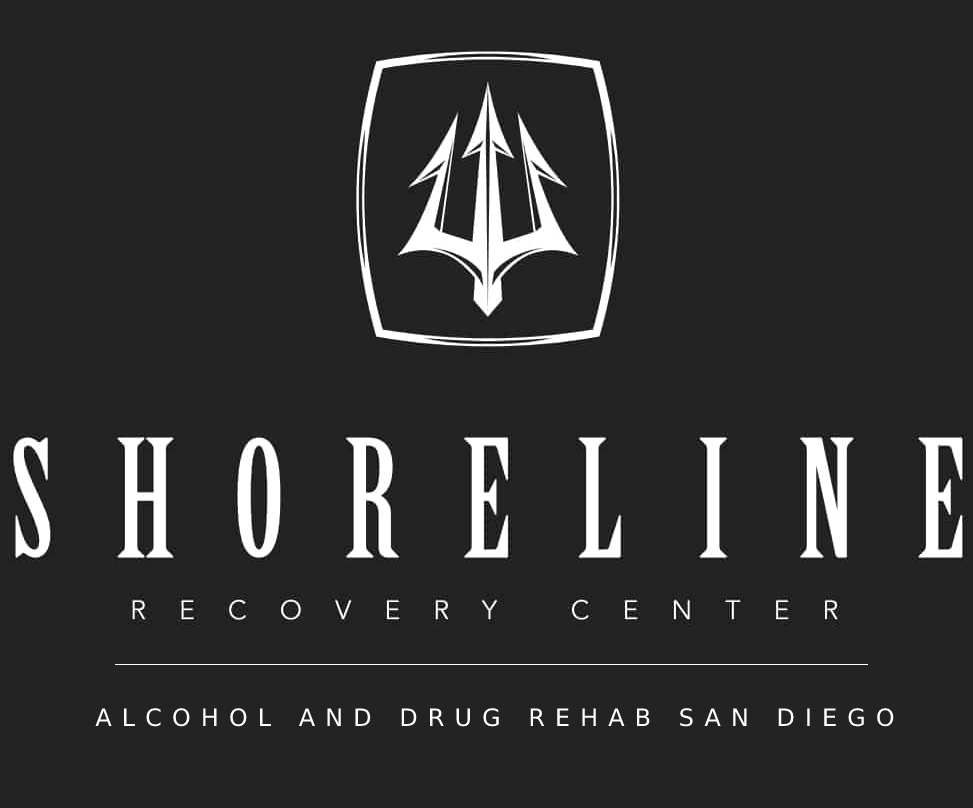Post-traumatic stress disorder, or PTSD, is a mental health condition that can occur after a person experiences or witnesses a traumatic event. The condition is characterized by a range of symptoms, including flashbacks, avoidance of reminders of the trauma, negative changes in mood and cognition, and changes in physical and emotional reactions. There are several types of PTSD, each with its own set of symptoms and characteristics.
Acute PTSD
Acute PTSD is the most common type of PTSD and occurs within the first three months after a traumatic event. Symptoms of acute PTSD may include flashbacks, avoidance of reminders of the trauma, and increased arousal (e.g., difficulty sleeping, irritability, hypervigilance).
Chronic PTSD
Chronic PTSD is a longer-lasting form of the disorder that occurs when symptoms last for more than three months. People with chronic PTSD may have more severe and persistent symptoms, including difficulty with relationships, work, and daily activities.
Delayed onset PTSD
Delayed onset PTSD occurs when symptoms do not appear until at least six months after the traumatic event. This type of PTSD can be more challenging to diagnose and treat because the delay in onset can make it difficult to link the symptoms to the traumatic event.
Complex PTSD
Complex PTSD is a type of PTSD that can occur after prolonged or repeated exposure to trauma, such as abuse or captivity. People with complex PTSD may have a range of symptoms similar to those of other types of PTSD, but they may also have additional symptoms, such as difficulty with self-perception, distorted beliefs about the self or others, and problems with emotion regulation.
It’s important to note that not everyone who experiences a traumatic event will develop PTSD. Many people are able to cope with trauma and move on with their lives without experiencing long-term symptoms. However, for those who do develop PTSD, treatment can be highly effective and can help reduce or eliminate symptoms.
Why is it important for someone to get help with PTSD?
It is important for someone to get help with PTSD for a number of reasons. First and foremost, untreated PTSD can have serious consequences on a person’s mental and physical health. Symptoms of PTSD can be distressing and disruptive to daily life, and they can interfere with work, relationships, and overall functioning. People with PTSD may also be at increased risk for developing other mental health conditions, such as depression, anxiety, and substance abuse.
In addition to the negative impacts on mental health, untreated PTSD can also have physical health consequences. Studies have shown that people with PTSD are at increased risk for developing certain physical health conditions, such as heart disease, diabetes, and gastrointestinal problems.
Treatment for PTSD can be highly effective in reducing or eliminating symptoms and improving overall quality of life. Treatment options may include therapy, medication, or a combination of both. Therapy can help a person process the trauma and learn coping skills, while medication can help reduce symptoms such as anxiety and depression.
It’s important to remember that seeking help is a sign of strength and courage, not weakness. It takes a lot of bravery to confront and work through the challenges of PTSD, and seeking professional help is an important step towards healing and recovery.
Treatment options may include therapy, medication, or a combination of both. If you or someone you know is experiencing symptoms of PTSD, it’s important to seek professional help.







